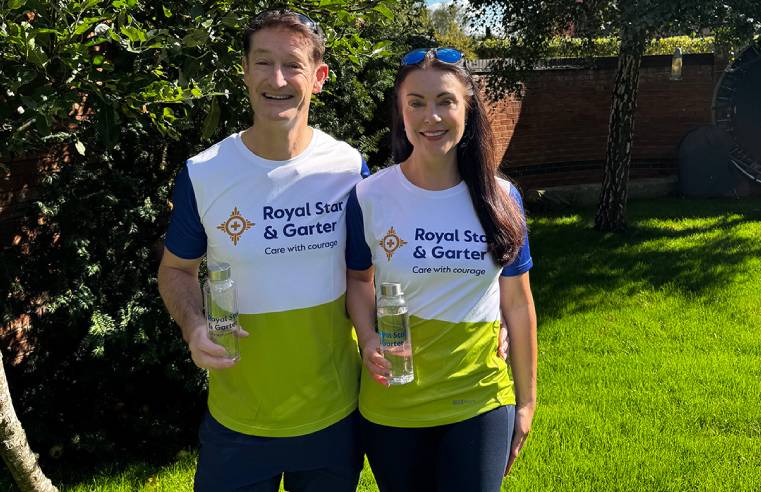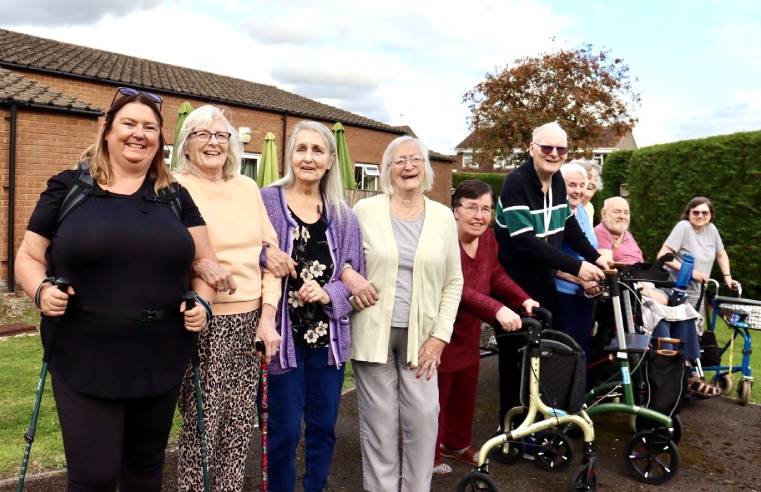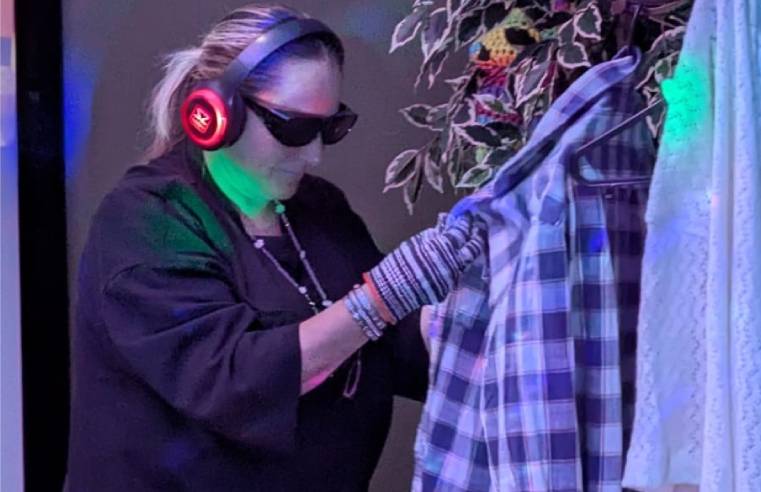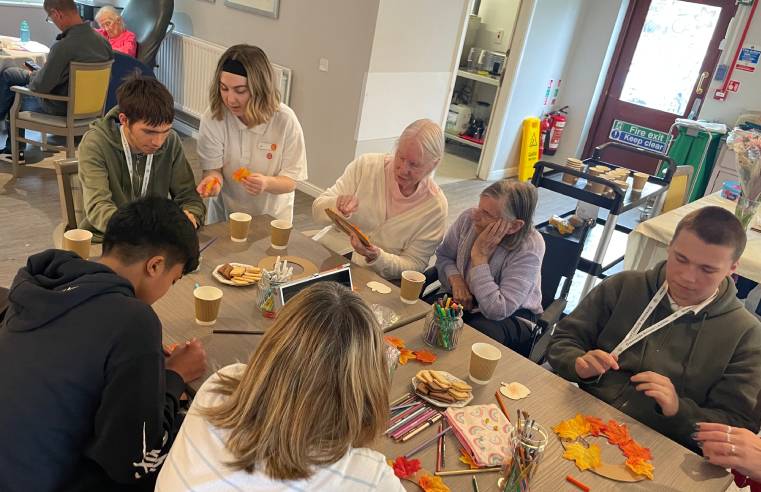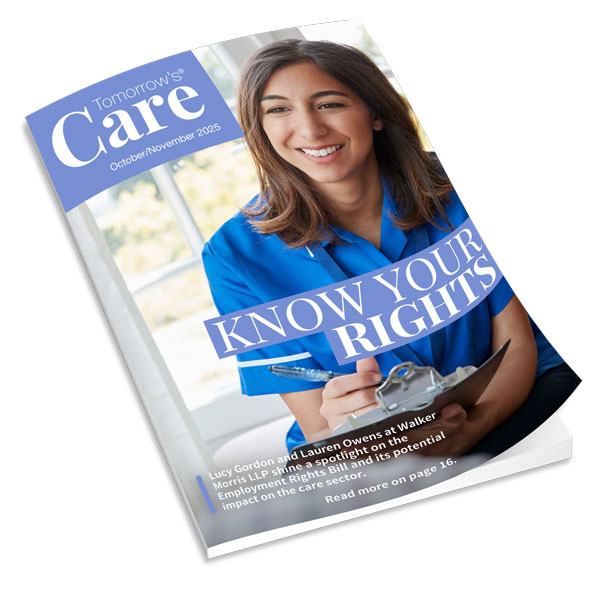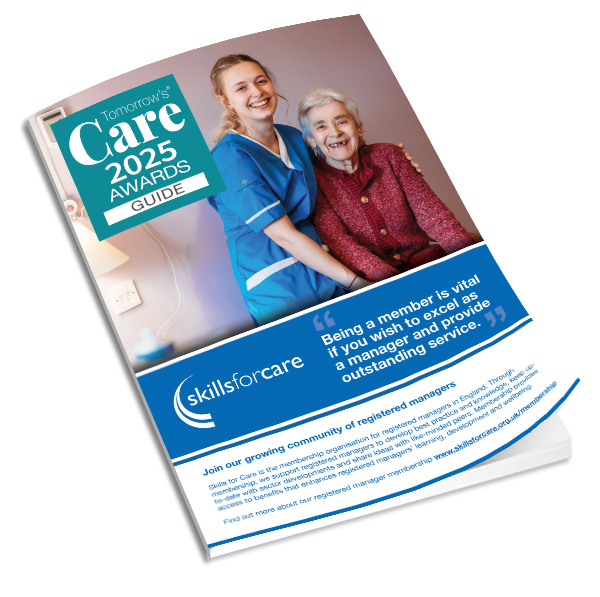Royal Star & Garter, the charity which provides loving, compassionate care to veterans and their partners living with disability or dementia, has a long and proud history of caring for remarkable women.
To mark International Women’s Day (IWD) on Tuesday 8 March, the charity is looking at some of the incredible women – past and present – it has cared for, and shining a light on their often-unsung endeavours which have helped shape a fairer, safer future for all.
Amongst them is a veteran who helped British troops escape Nazi-occupied France, before returning to the country in 1944 to fight with the French Resistance, and another who helped question enemy soldiers in north Africa and Italy, before becoming an Olympian.
Many women serving around this time did not travel overseas, but still performed a vital function. These include a WWII driver who was barred from travelling because of her gender, a mathematician and meteorologist whom RAF pilots consulted before setting off on missions, and a Wren who helped detect German U-boats.
Here, Royal Star & Garter looks at some truly inspiring women.












